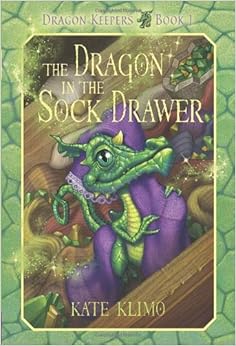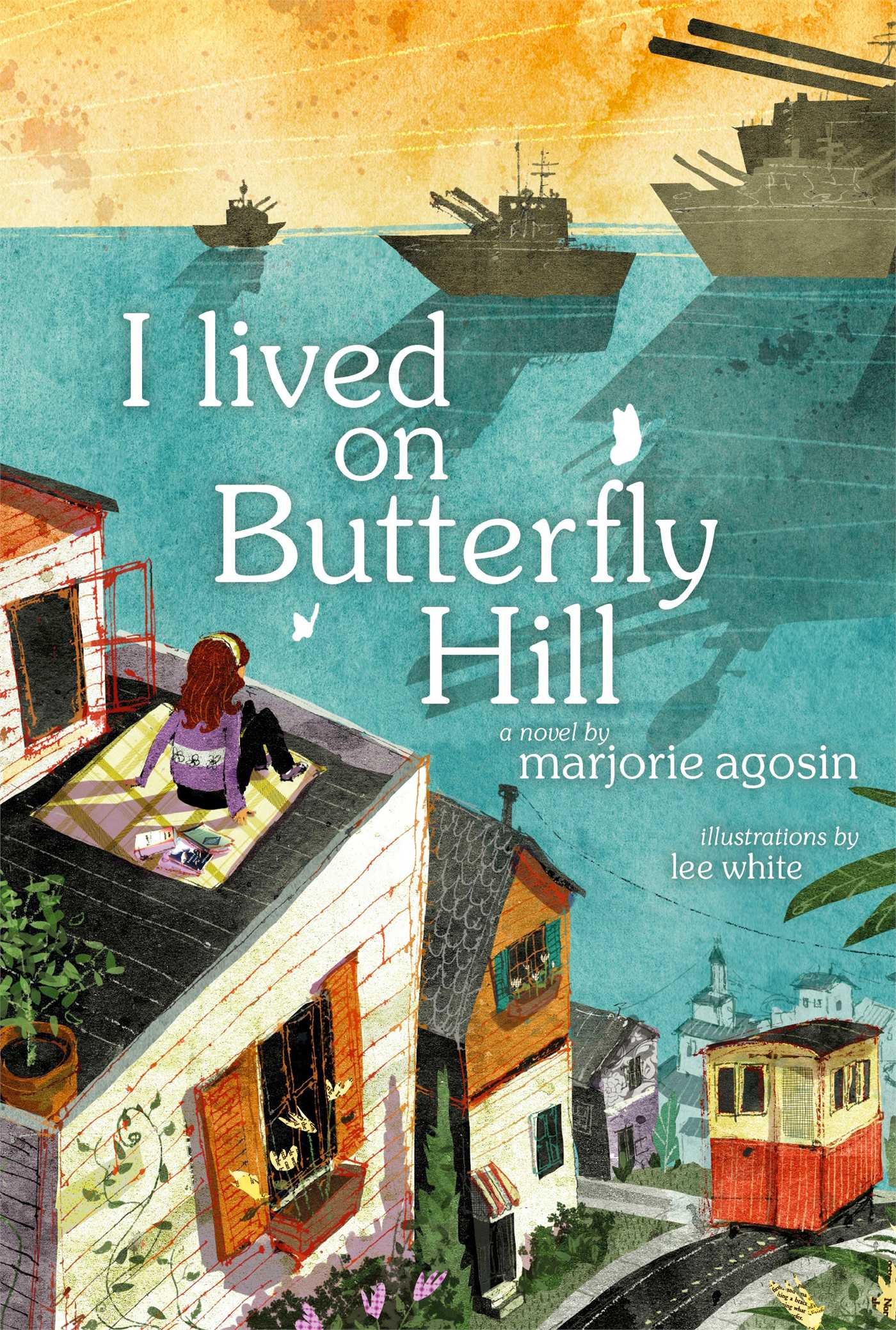 Nuts to You
Nuts to YouLynne Rae Perkins
Greenwillow, 2014 256 pgs.
Grades 3-5
Animal Fantasy
Autumn has settled in the forest and the squirrels are busy gathering their nuts in preparation for winter. Our story begins with our squirrel hero, Jed, getting snatched up by a hawk and transported across the forest, where he breaks free. On the other side of the forest he meets strange red squirrels, who talk differently, yet welcome Jed to their home and help him to acclimate. Meanwhile, Jed's friends, TsTs and Chai, see the hawk's ambush and set off to rescue him, eventually finding him. Meanwhile, strange noises are overtaking the peacefulness of the forest. A squirrel's eye view of events reveals developers cutting down trees to build a road through the middle of the forest. Although kind to the squirrels (they share their peanut butter sandwiches), the squirrel community is in danger. Now reunited, Jed, TsTs, Chai and their new friend Tchke face many dangers journeying back across the forest to warn the others. Their clan is right in the path of destruction by humans, but how can they warn squirrels, who don't listen? By turning it into a game of course! The four squirrel friends invent a game to get the squirrel community to transport their nuts, children, and selves to a new safe home. But will the plan work? And will they make it in time?
Perkins is versatile author. Her Newbery winning Criss Cross and its companion is realistic teen fiction. She has also written and illustrated picture books. Nuts to You is somewhere in the middle: an illustrated chapter book for younger readers. The book contains short chapters. lots of white space, and generous pen and ink illustrations. The illustrations are masterfully done and add to the experience of the story. This book will appeal to both girls and boys, as well as reluctant readers. Although it has a lot of pages, it reads fast. Its clear that Perkins has spent much time with and contemplating squirrels. My one complaint is that I kept getting the squirrels confused. Although they had subtle differences in their personalities, it was not enough for me to tell them apart. Also, their names were very similar, further adding to the confusion. Perkins portrays squirrels as community creatures, which they appear to be, but it makes it had to give individuals distinct personalities. Enough action and adventure happens within the pages of the book to keep the plot rolling along. The purpose of this book is clearly message driven: "stop cutting down woods and taking away the homes of our animals friends". Perkins sets herself up as a character, who makes friends with one of the squirrels (who can talk to humans), now in old age. The book begins and ends with Perkins and her elderly animal friend and the meat of the story is the squirrel's reminiscences. Living on a property festooned with squirrels and watching them dig up my tulip bulbs year after year, I am less enamored with them than Perkins. Nevertheless, kids see them on a daily bases and can relate to their hi-jinks. This book may lead kids to contemplating for themselves what the squirrels in their backyard are up to.





